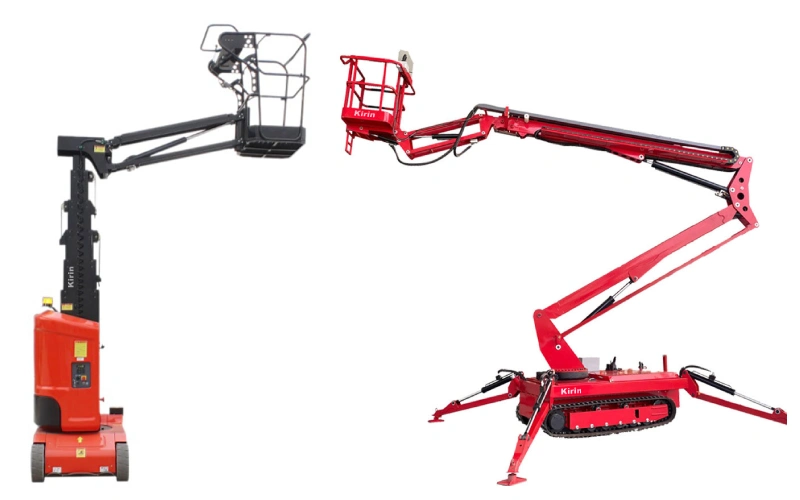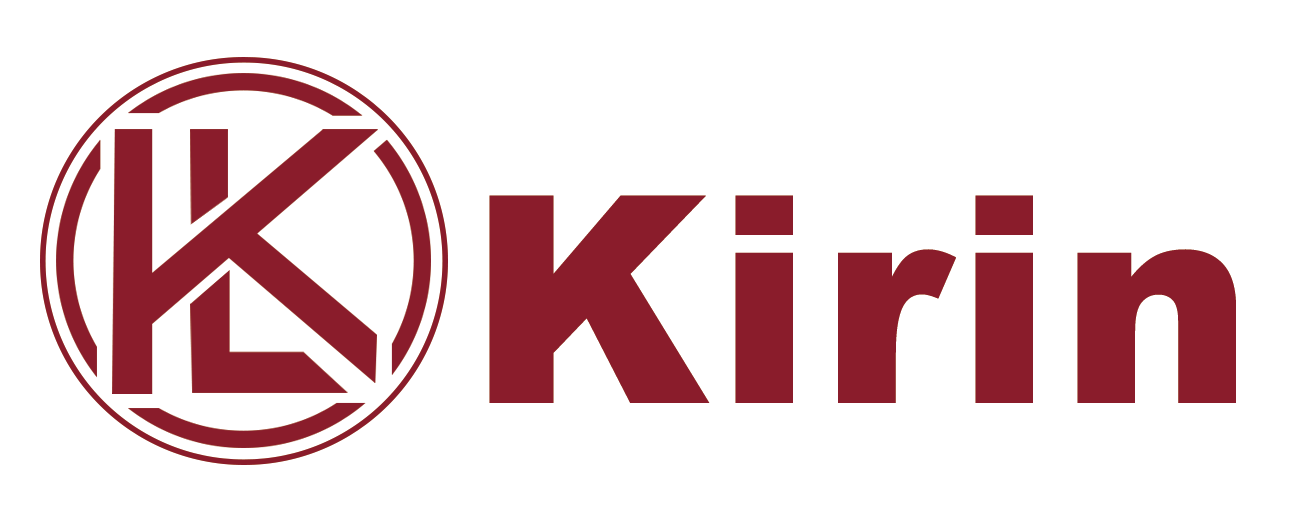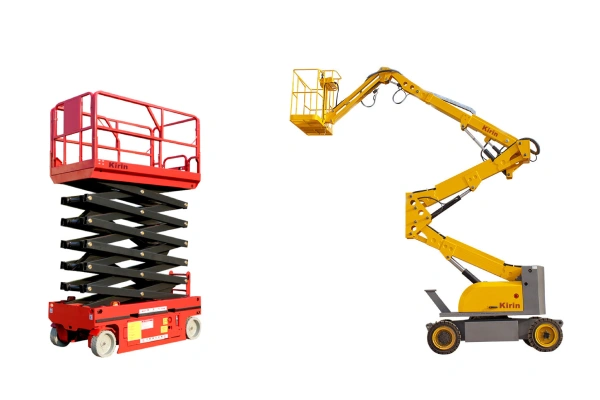Aerial lifts are powerful machines used to lift people and equipment to high or hard-to-reach places. Commonly seen at construction sites or during electrical work, these machines come in different shapes and sizes, each designed to perform a specific task at height. But what exactly is an aerial lift, and why is it so important in many industries?
Let’s explore everything you need to know about aerial lifts—from what they are to how they work, their safety guidelines, applications, and much more.
What is an Aerial Lift

An aerial lift is a mechanical device used to elevate workers and materials vertically and sometimes horizontally. Unlike traditional ladders or scaffolds, aerial lifts offer more stability, flexibility, and reach.
Basic Components:
- Platform or Bucket: The area where workers stand.
- Lift Arm or Mast: Extends the platform upward and outward.
- Base: Provides stability and houses the controls.
- Controls: Found both at the base and the platform for operation.
These components work together using hydraulic or electric systems to maneuver the lift safely.
Types of Aerial Lifts
Understanding the different types helps you choose the right one for the job:
Boom Lifts Explained
Boom lifts use extendable arms to reach areas at various angles.
- Telescopic Boom Lifts: Have straight arms for maximum horizontal reach.
- Articulating Boom Lifts: Feature arms that bend, allowing access over obstacles.
Scissor Lifts Overview
Scissor lifts use a crisscrossing mechanism to raise a large platform vertically. They’re best for indoor jobs or areas needing stable, high workspace.
Vertical Mast Lifts
These are compact, low-weight lifts ideal for tight indoor spaces. While they have limited height reach, they offer excellent maneuverability.
Common Applications of Aerial Lifts
Aerial lifts are used in a wide range of industries:
- Construction: Installing walls, ceilings, or exterior siding.
- Maintenance: Cleaning windows, fixing signage, or electrical wiring.
- Warehousing: Accessing high shelves safely.
- Film & Entertainment: Capturing high-angle shots or setting lights.
Key Features and Capabilities
Here’s what makes aerial lifts so effective:
| Feature | Details |
|---|---|
| Lift Height | Ranges from 10 ft to over 180 ft |
| Platform Size | Can hold one to multiple workers |
| Weight Capacity | Typically between 500 lbs to 1,500 lbs |
| Maneuverability | 360° rotation, rough terrain wheels, compact designs |
Aerial Lift vs. Other Lifting Equipment
| Equipment | Pros | Cons |
|---|---|---|
| Aerial Lift | Flexible, safe, high reach | Expensive, needs training |
| Forklift | Great for heavy materials | Not for vertical access |
| Ladder | Lightweight, portable | Unsafe at high heights |
| Crane | Very high reach, heavy loads | Less maneuverability, complex setup |
Safety Standards and Regulations
Pre-Operation Safety Checks
Before using any lift, operators should:
- Inspect for damage or leaks
- Check tires and platform guardrails
- Test controls and emergency stop
- Review load limits
Training Requirements for Operators
OSHA requires aerial lift operators to complete certified training programs. These cover machine operation, safety checks, emergency response, and hazard awareness.
Benefits of Using Aerial Lifts
- Efficiency: Reach areas quickly and safely.
- Safety: Enclosed platforms reduce fall risk.
- Versatility: Multiple lift types for different scenarios.
- Time-saving: Fewer setup requirements than scaffolding.
Limitations and Risks
Despite their benefits, aerial lifts also pose risks:
- Weather Dependency: Wind can make lifts unstable.
- Weight Limits: Overloading is dangerous.
- Operator Errors: Improper use can lead to accidents.
Rental vs. Purchase Decision
Should you buy or rent? Here’s a comparison:
| Factor | Renting | Buying |
|---|---|---|
| Cost | Lower upfront cost | High initial investment |
| Maintenance | Included with rental | Owner’s responsibility |
| Usage | Best for short-term use | Ideal for frequent, long-term use |
Top Aerial Lift Manufacturers
- Genie: Known for boom and scissor lifts
- JLG: Offers a wide range of high-performance models
- Skyjack: Focuses on reliability and ease of use
- Haulotte: European brand with a global reach
Technological Innovations in Aerial Lifts
- Electric-Powered Lifts: Quieter, eco-friendly
- Smart Controls: Telematics for tracking and diagnostics
- Hybrid Models: Combine diesel and electric for flexibility
Maintenance and Inspection Tips
- Lubricate moving parts regularly
- Check battery levels (for electric models)
- Inspect for hydraulic leaks
- Replace worn-out tires or platforms
Environmental Considerations
Electric lifts offer reduced noise and zero emissions—great for indoor or eco-sensitive environments. Diesel lifts are stronger but louder and produce exhaust.
Future Trends in Aerial Lift Industry
- Smart Lifts: With sensors and automation
- Sustainability: Shift toward electric and hybrid machines
- Global Growth: Increasing demand in Asia and Europe
FAQs
Q1: What is the maximum height an aerial lift can reach?
A: Some models, like telescopic boom lifts, can reach up to 180 feet.
Q2: Do I need certification to operate an aerial lift?
A: Yes, OSHA requires all operators to be trained and certified.
Q3: Can aerial lifts be used indoors?
A: Yes, especially electric scissor and vertical mast lifts.
Q4: Are aerial lifts safe to use on uneven terrain?
A: Many models come with rough-terrain tires and stabilizers for such conditions.
Q5: How much does it cost to rent an aerial lift?
A: Rental costs vary but typically range from $150 to $500 per day depending on the model.
Q6: What’s the difference between an aerial lift and a cherry picker?
A: A cherry picker is a type of aerial lift primarily used for trees and electrical lines.
Conclusion
So, what is an aerial lift? It’s more than just a machine—it’s a tool that empowers industries to work smarter, safer, and higher. Whether you’re working on a film set, warehouse, or high-rise building, aerial lifts offer unmatched elevation solutions.
As technology continues to advance, these machines will only become safer, more efficient, and more environmentally friendly.


